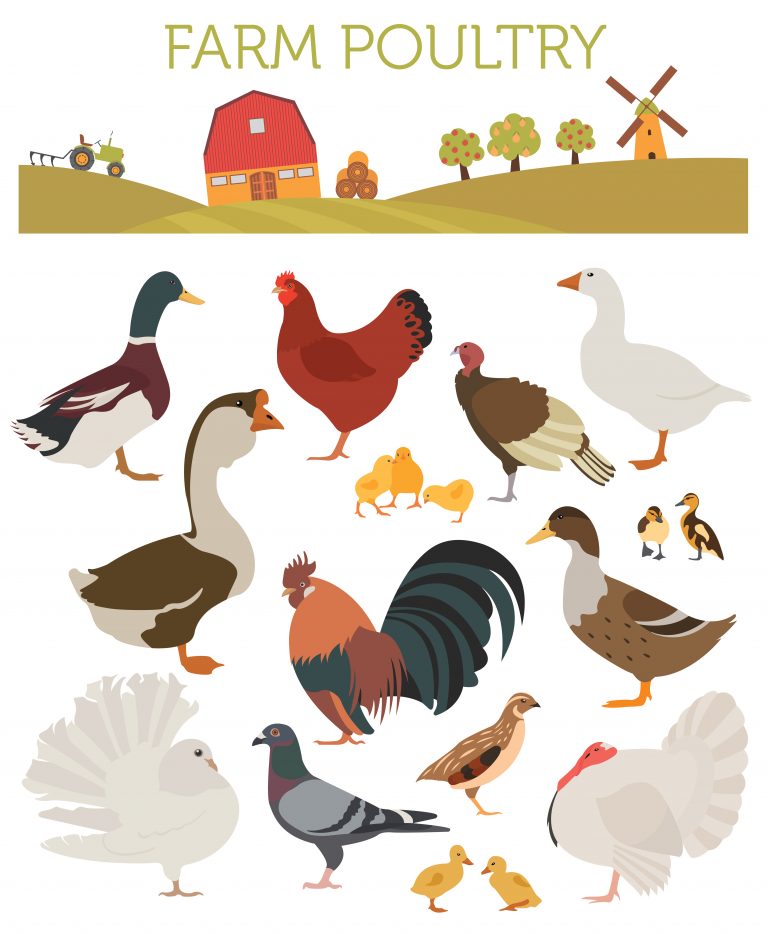Written by: Dr. Jacquie Jacob, University of Kentucky

Once you have decided you want to raise poultry, you need to decide which species of poultry you are interested in. This is primarily based on what you want to do with your birds and the resources you have available. Of course, you should always check with your local city, municipality, or subdivision ordinances to see what you are permitted to keep. Some urban and suburban areas prohibit the keeping of any poultry, while others stipulate which birds you may or may not keep.
- Will you or your children be caring for the birds? (It is not recommended that you get ostriches for children to care for, for example.)
- Will you be raising them for show, for profit, for entertainment, or some other reason?
- Do you have existing buildings you can use, or do you have to build new ones?
There are a number of possible reasons for raising poultry:
- Chickens are typically raised for meat, eggs, exhibition, and feathers, though some people keep them as pets.
- Turkeys are typically raised for meat. They don’t lay a lot of eggs so are not typically kept for this purpose.
- Ducks are typically raised for meat, eggs, or exhibition. Some people also use ducks as a herding animal for training dogs. Others also raise ducks as a decoration for home ponds.
- Geese are typically raised for meat, exhibition, or feathers/down. Geese do not lay a lot of eggs so are not normally kept for this reason. Geese have also been kept as guard animals or to weed the garden.
- Pigeons can be kept for meat (squab), exhibition, or entertainment.
- Ratites, such as ostriches, emus, and rheas, are kept for meat, hide, feathers, or oil.
- Japanese quail are typically kept for meat or eggs.
- Bobwhite quail are typically raised for meat production or for release into hunting preserves.
- Pheasants are typically raised for meat production or for release into hunting preserves.
- Guinea fowl can be raised to control ticks (especially in areas with Lyme disease), guard animals, or for meat.
- Peafowl are often raised for show but can also be raised for meat.
The size of the bird will determine how much space you need. For example, if you are raising quail for meat, less space is required than when raising chickens, turkeys, or ostriches. Waterfowl have very wet droppings and have specific housing requirements to deal with the excess moisture.

